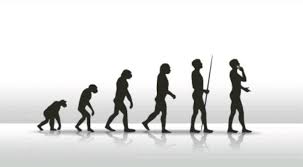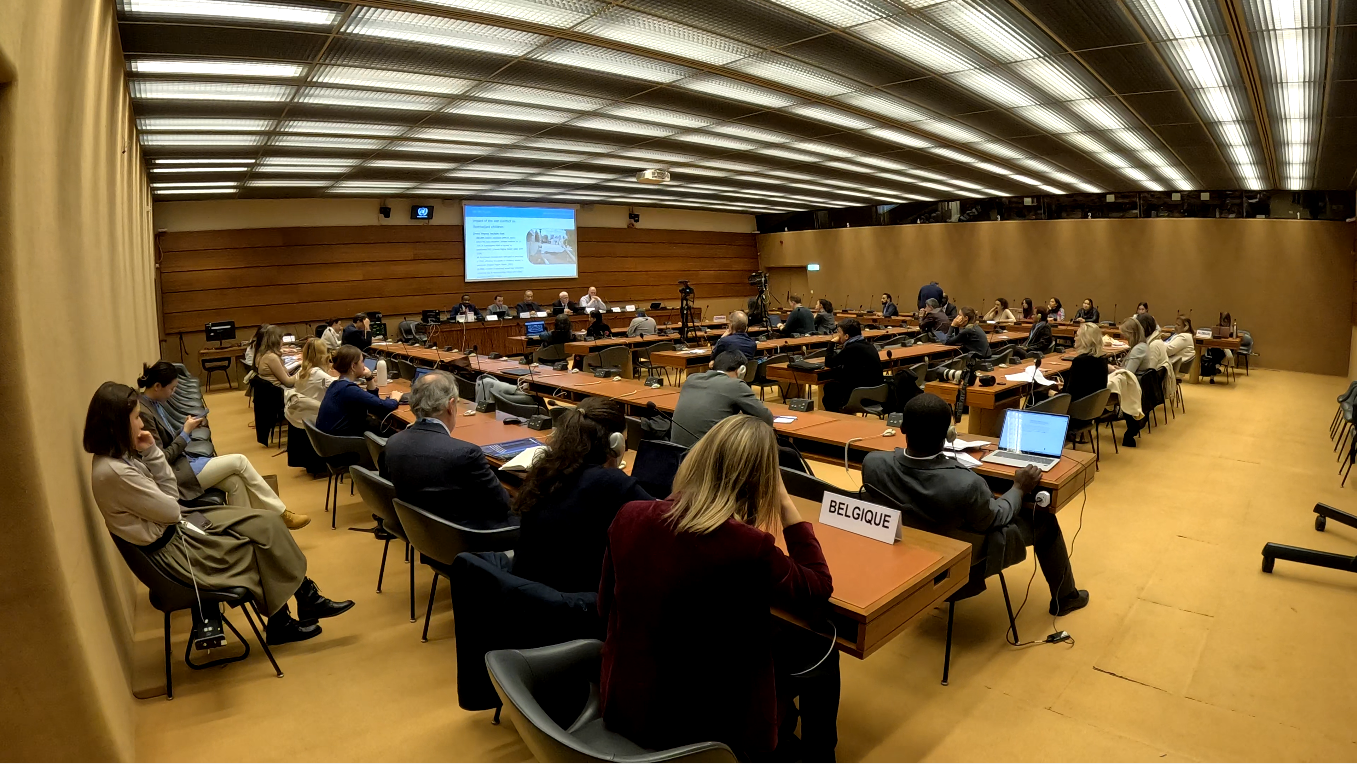Biorhythms and life cycles is a topic that explores various aspects of human life from both scientific and philosophical perspectives. These concepts attempt to explain the biology and psychology of life, as well as the physical, emotional, and intellectual changes people experience at different stages of life. Biorhythms are a theory suggesting that the body’s and mind’s states fluctuate in rhythmic waves at different periods in a person’s life. Life cycles, on the other hand, encompass biological, social, and psychological development stages.
Biorhythms and Their Theory:
Biorhythms are theories that describe the rhythmic changes in physical, emotional, and intellectual states in a person’s life. This concept was proposed by German scientists in the late 19th century, suggesting that each person has a unique rhythm. According to this theory, there are three main cycles in everyone’s life: physical, emotional, and intellectual cycles.
Physical Cycle — This cycle relates to the strength, endurance, and health of the body. Its period is approximately 23 days. The high point of this cycle is when a person’s physical strength is at its peak. At the low point, fatigue, weakness, and increased vulnerability to illnesses may be observed.
Emotional Cycle -This cycle concerns the emotional state, mood, motivation, and relationships of a person. The period of the emotional cycle is about 28 days. The high point of this cycle is when a person’s emotional state is the most balanced and positive. The low point, however, may coincide with feelings of depression, anxiety, and mood fluctuations.
Intellectual Cycle — This cycle is related to mental abilities, memory, attention, and analytical thinking skills. The period of the intellectual cycle is approximately 33 days. At the peak of this cycle, a person’s creativity and intellectual abilities are at their highest. During the low point, mental fatigue, distractibility, and even forgetfulness may increase.
These cycles are interrelated, explaining how biorhythmic waves at any given moment in time can affect a person’s physical and mental state. However, the accuracy and scientific validity of biorhythms remain a topic of debate. Many scientists argue that biorhythms are simply a belief, not scientifically substantiated. Nevertheless, the theory still sparks interest in human life and decision-making processes.
Life Cycles and Psychological Development:
Life cycles represent a broader and more complex concept, encompassing not only biological development but also social and psychological development stages. Dividing human life into different phases allows for an analysis of various aspects of development. Psychological theories attempt to explain the changes experienced during each of these stages, as well as the challenges individuals face.
Human life cycles often depend on both natural and social influences, and psychologists and social scientists generally categorize them as follows:
1. Pre-birth and Birth — The first stage of human life begins before birth, during which the embryo develops and the body takes shape. The birth moment itself activates biological and psychological processes. In this phase, the child’s physical development begins, along with the formation of social and emotional connections.
2. Childhood — The childhood stage spans roughly from 0 to 12 years. This period is characterized by the child’s first social interactions and the rapid development of physical, mental, and emotional faculties. During this stage, children learn extensively, but their emotional development is equally significant. They focus on social relationships with an emphasis on safety and care.
3. Adolescence — Adolescence includes the years from approximately 12 to 18 years. It is associated with rapid physical development, hormonal changes, sexual maturation, and the increasing desire for independence. Adolescence is also a period of identity exploration, intensifying social relationships, and self-understanding.
4. Adulthood — The adulthood stage typically spans from 18 to 40 years. This is the most active period of life. The formation of a fully developed personality, increased social responsibilities, and the establishment of career goals are prominent during this stage. People in adulthood often achieve more stable psychological states and strive to understand life’s purpose more clearly.
5.Middle Age — Middle age covers the years from 40 to 65. This phase marks the beginning of physical changes in the body and the reevaluation of life’s course. By the end of this stage, individuals assess decisions that have negatively impacted their lives and become better prepared for the various social, emotional, and psychological challenges that arise.
6. Old Age — Old age begins around 65 years and beyond. This stage is often associated with the final phase of life. In old age, people tend to reflect on their lives and face new social and emotional challenges related to aging and physical decline. The old age period may involve the greatest psychological and social changes in a person’s life.
In conclusion, both biorhythms and life cycles are theories that attempt to explain the changes occurring at various stages of human life. However, each approach has its unique perspective and limitations. Biorhythms suggest that physical, emotional, and intellectual states fluctuate rhythmically, but the scientific validity of this theory is still debated. Many scholars argue that biorhythms are merely a belief and that the changes in bodily and mental processes across different periods are random. While predicting a person’s physical and psychological state based on biorhythms is intriguing, the effectiveness and accuracy of this approach are often questioned in real-world scenarios.
On the other hand, the concept of life cycles takes a broader approach to human development, considering not only physical and mental states but also social and emotional changes. Life cycles provide a more comprehensive and scientifically supported perspective on human development, as they examine the various stages of a person’s life. The challenges faced at each stage, personality formation, social responsibilities, and relationships play significant roles in these phases. Understanding these psychological development stages can help individuals lead more purposeful and balanced lives, as each phase has its unique characteristics and demands.
While life cycles attempt to explain human life in a more concrete and practical manner, biorhythms focus on analyzing recurring cycles and are often used to understand the more uncertain aspects of life. Life cycles, however, are generally more widely accepted and scientifically supported, as they address human development from multiple directions and offer insights into the changes people experience at different stages of life.
Furthermore, while biorhythms try to predict when a person might feel better or experience physical and emotional challenges, life cycles focus more on the developmental requirements of individuals during different phases of life. Therefore, life cycles can be considered a more widely accepted and scientifically grounded approach to understanding human life.
In conclusion, understanding the differences between biorhythms and life cycles can help individuals gain a deeper understanding of their lives and make more purposeful decisions based on the changes they encounter at different stages of life. While biorhythms offer predictions about physical and emotional states at certain times, life cycles provide a scientifically supported framework for understanding human development and the challenges faced throughout life’s different stages. Both concepts contribute to a better understanding of human life and can guide individuals toward more intentional development.
Madina Mammadova // EDnews










